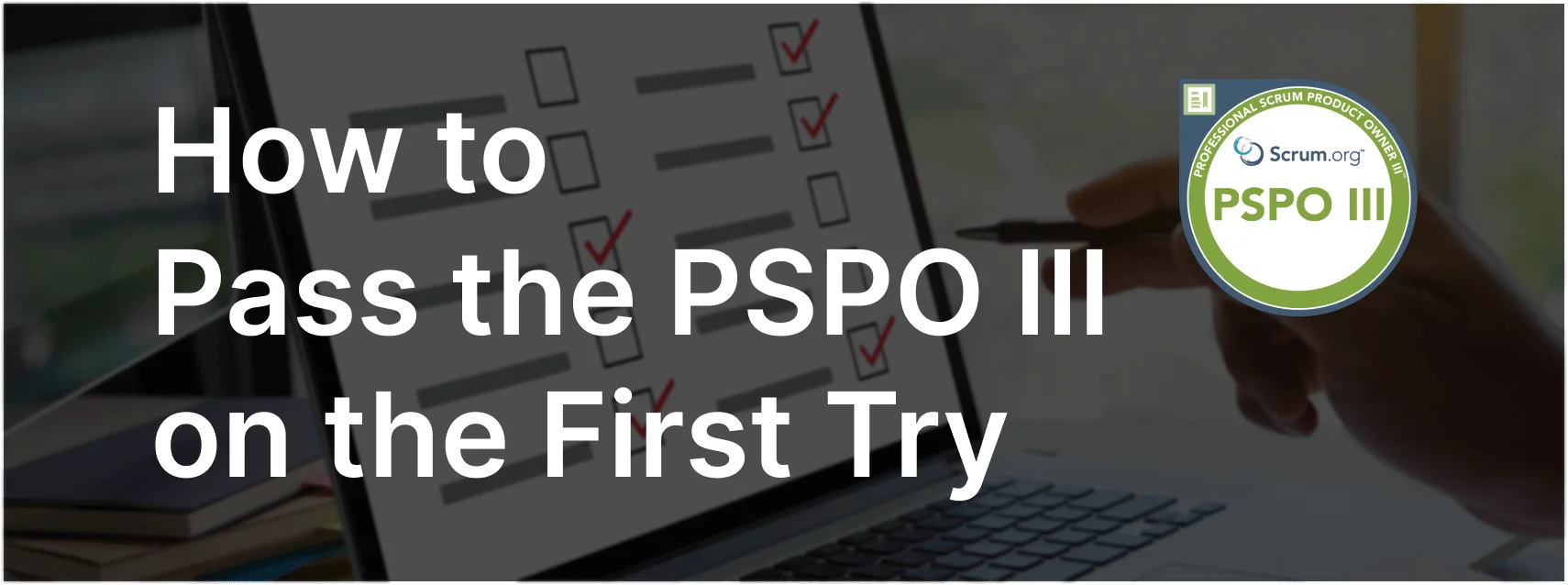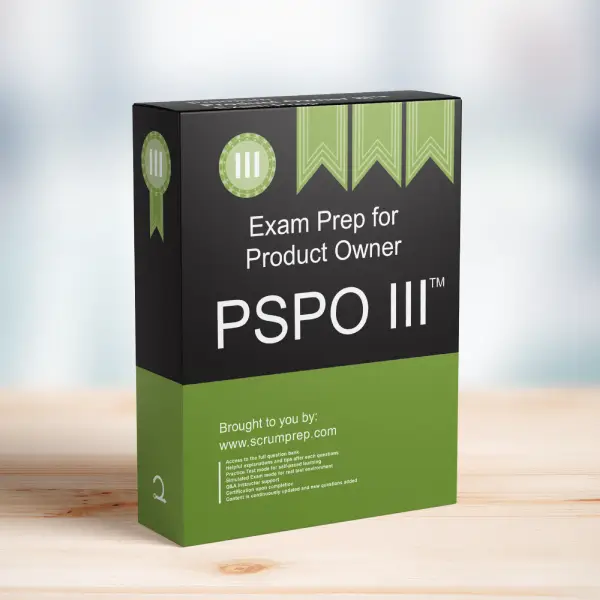Handling Vendor Selection as a Product Owner in a Multinational Corporation
As a Product Owner, navigating the vendor selection process for a customized solution in a large corporation requires a strategic approach. When faced with specific constraints such as a fixed number of features, a tight timeline, and a budget cap, it’s essential to balance the corporation’s needs with the realities of Agile product development.
Exam Question
A multinational corporation prefers purchasing customizable commercially available products over building in-house. Currently, they have a need for a customized solution for a novel problem with about 58 features. The sponsors have decided to float a request for proposal (RFP). The vendor selection will be based on the best proposal that meets 58 features, within 8 months and the cost of no more than $1.5 million.
You are the Product Owner, what would you do and why?
Explanation
Step 1: Engage in Stakeholder Communication
- Action: Begin by discussing with stakeholders the implications of the RFP requirements. Clearly communicate the potential risks associated with the fixed feature set, timeline, and budget constraints, especially in the context of building a customized solution for a novel problem.
Purpose: This ensures that stakeholders are fully aware of the challenges and trade-offs involved in adhering to these constraints. It also opens the door to potentially negotiating more flexibility in the scope, timeline, or budget if needed.
Step 2: Emphasize the Importance of Prioritization
- Action: Highlight the need for prioritizing the 58 features based on their value to the business and the users. Suggest that the RFP should allow vendors to propose a phased or iterative delivery approach, where the features are ordered by value, with the possibility of refining or deferring less valuable features.
Purpose: Prioritization by value ensures that the corporation receives the most benefit within the constraints, even if adjustments need to be made during development. This approach also aligns better with Agile principles, where the focus is on delivering value incrementally and iteratively.
Step 3: Assess Vendor Proposals for Agility and Flexibility
- Action: When evaluating vendor proposals, assess not only their ability to meet the 58 features, timeline, and budget but also their flexibility in adapting to changing requirements and their experience with an Agile approach. Vendors that can demonstrate an ability to work iteratively and respond to feedback are more likely to succeed in delivering a solution that truly meets the corporation’s needs.
Purpose: This ensures that the selected vendor is capable of managing the complexity and uncertainty inherent in developing a customized solution for a novel problem, rather than just adhering to the initial plan without room for adaptation.
Step 4: Propose an Incremental Delivery Plan
- Action: Propose that the vendor commits to delivering the solution in increments, with regular reviews and adjustments based on feedback from the corporation. This approach allows for ongoing collaboration between the vendor and the corporation, ensuring that the final product aligns closely with the corporation’s evolving needs.
Purpose: Incremental delivery reduces the risk of misalignment between the product and business objectives, as it allows for continuous learning and adaptation throughout the development process.
Step 5: Monitor Progress and Adjust as Necessary
- Action: As the project progresses, continuously monitor the vendor’s performance, ensuring that the project remains on track in terms of delivering value within the agreed constraints. Be prepared to make adjustments to the scope, timeline, or budget as needed based on the progress and feedback received.
Purpose: Active involvement in the project ensures that the corporation’s investment is protected and that any issues are addressed promptly, minimizing the risk of failure.
Relevance to the PSPO III Exam
For Product Owners, especially those preparing for the PSPO III exam, understanding how to manage external vendors and navigate complex constraints is crucial. This scenario tests the ability to balance stakeholder expectations with the practical realities of product development, particularly in a large, multinational context.
Key Takeaways
- Stakeholder Communication: Engage stakeholders early to ensure they understand the trade-offs and potential risks associated with the project constraints.
- Prioritization: Focus on prioritizing features by value to deliver the most benefit within the given constraints.
- Vendor Assessment: Evaluate vendors not just on their ability to meet the initial requirements but also on their agility and flexibility.
- Incremental Delivery: Advocate for an incremental delivery approach to ensure ongoing alignment with business needs.
- Active Monitoring: Continuously monitor the project’s progress and be prepared to make adjustments as necessary.
Conclusion
As a Product Owner in a multinational corporation, successfully navigating the vendor selection process requires a strategic approach that balances the corporation’s needs with the realities of Agile development. By engaging stakeholders, emphasizing prioritization by value, assessing vendor flexibility, and advocating for incremental delivery, you can ensure that the selected solution delivers maximum value within the project’s constraints. For more insights on handling complex projects and to prepare for the PSPO III exam, visit our PSPO III Exam Prep.



